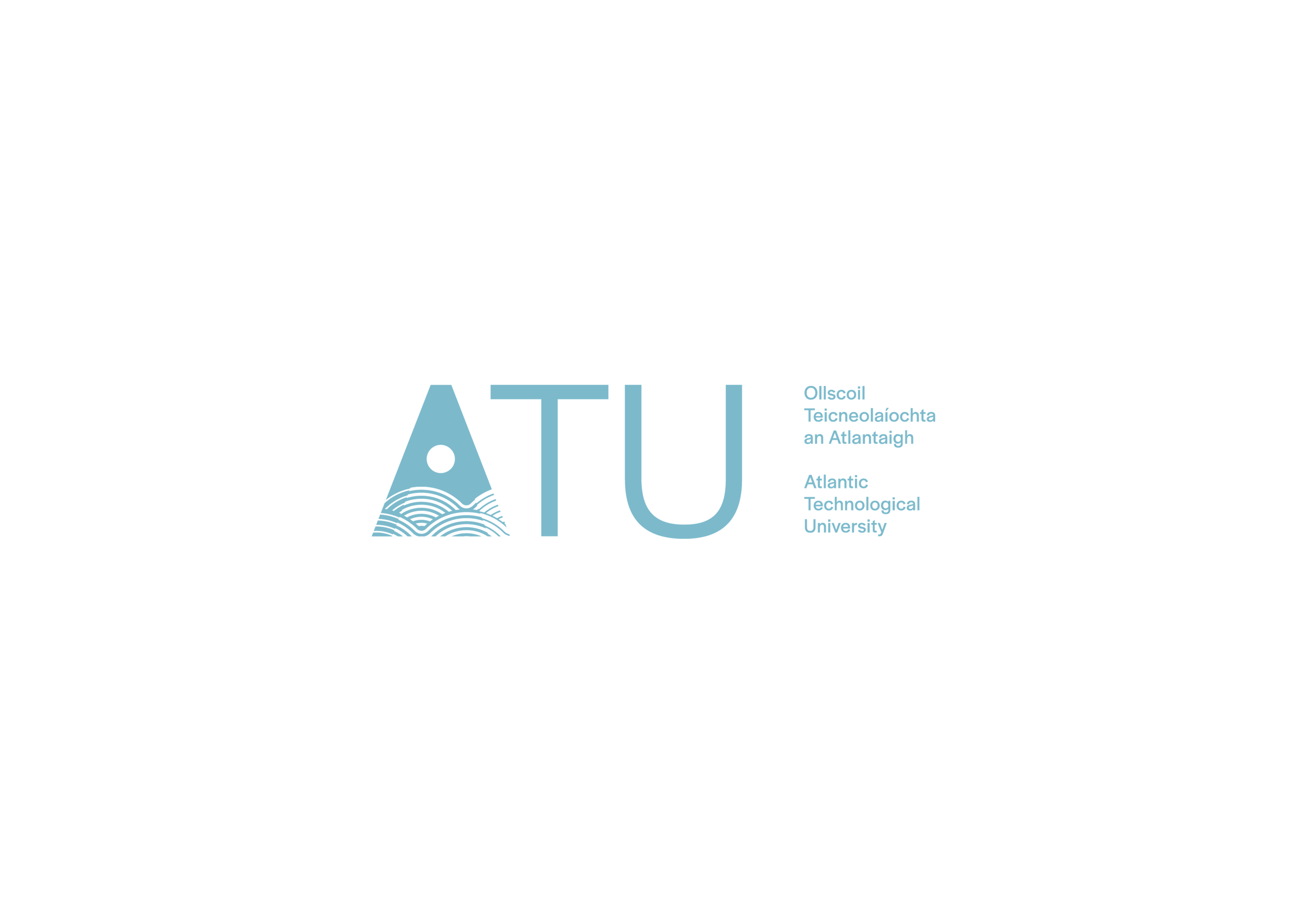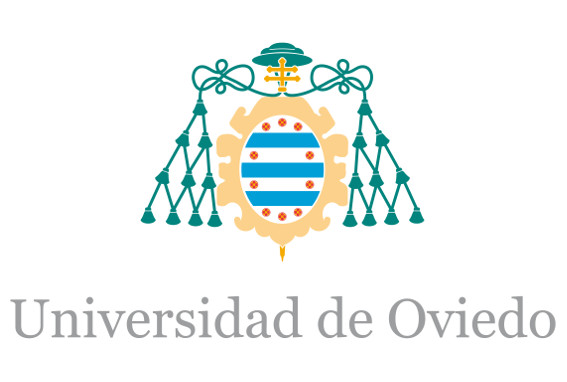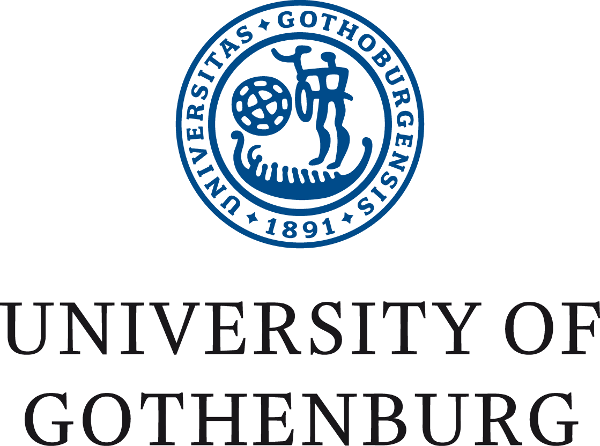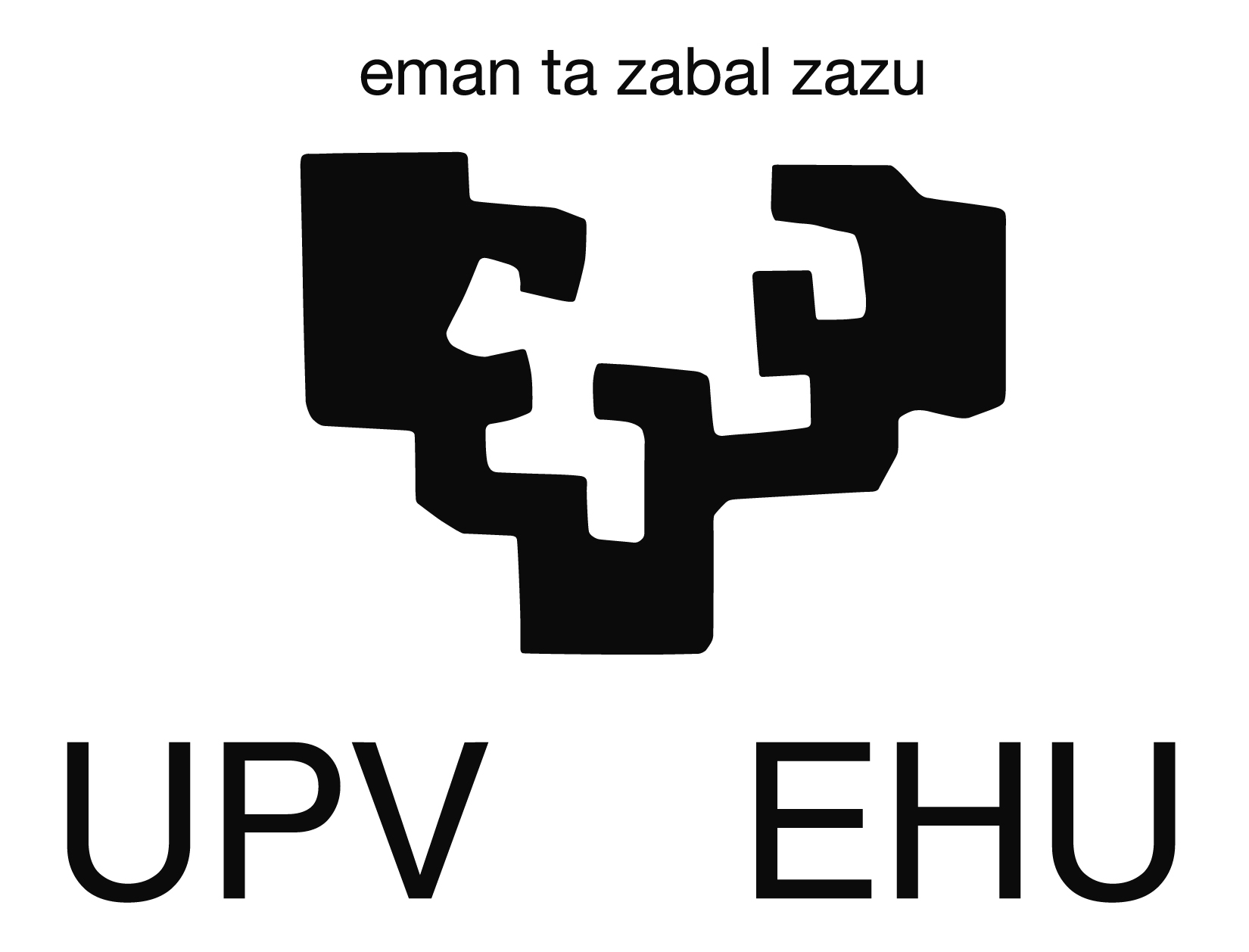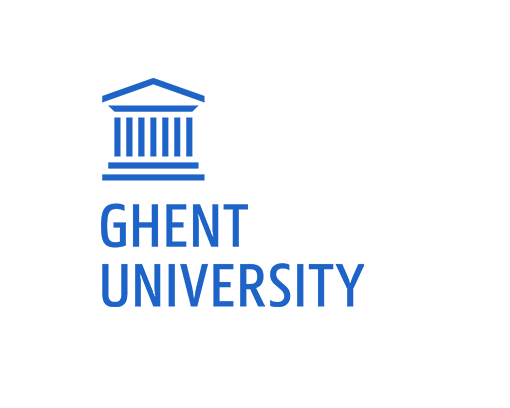While the Earth's biological resources are vital to humanity's economic and social development, the Convention on Biological Biodiversity promotes the conservation of biological diversity, the sustainable use of its components, and the fair and equitable sharing of benefits arising from the use of genetic resources. For marine and coastal biodiversity, the program of work focuses on integrated marine and coastal area management, marine and coastal living resources, marine and coastal protected areas, mariculture, and invasive alien species. For open ocean and deep sea areas, it supports increased international cooperation to protect vulnerable habitats and species (see Ecologically or Biologically Significant Marine Areas) (CBD).
Target 2 of EU Biodiversity Strategy aims to maintain and restore ecosystems and their services by including green infrastructure in spatial planning and restoring at least 15% of degraded ecosystems by 2020. (EU Biodiversity Strategy)



